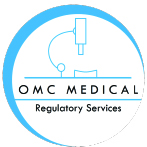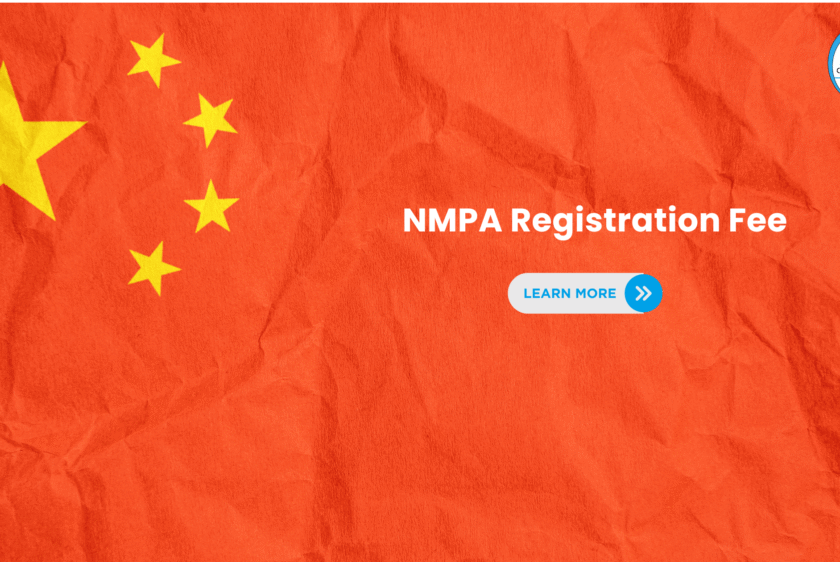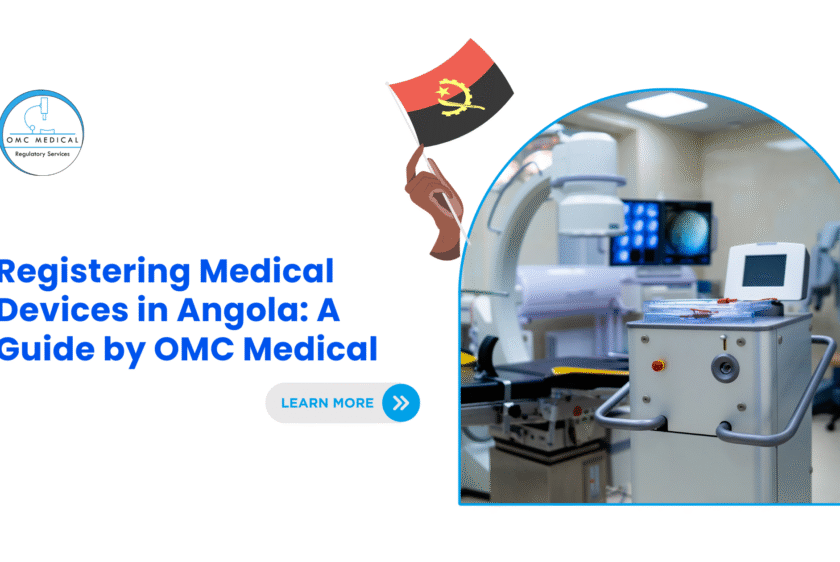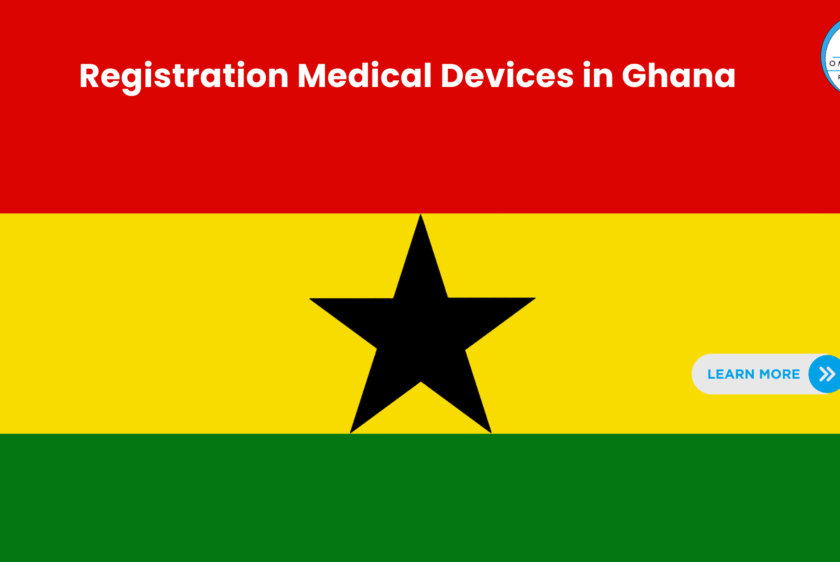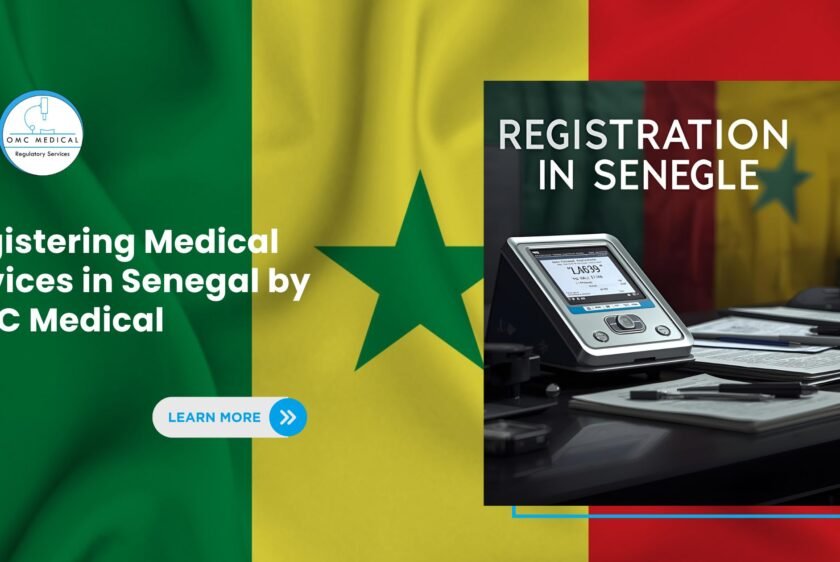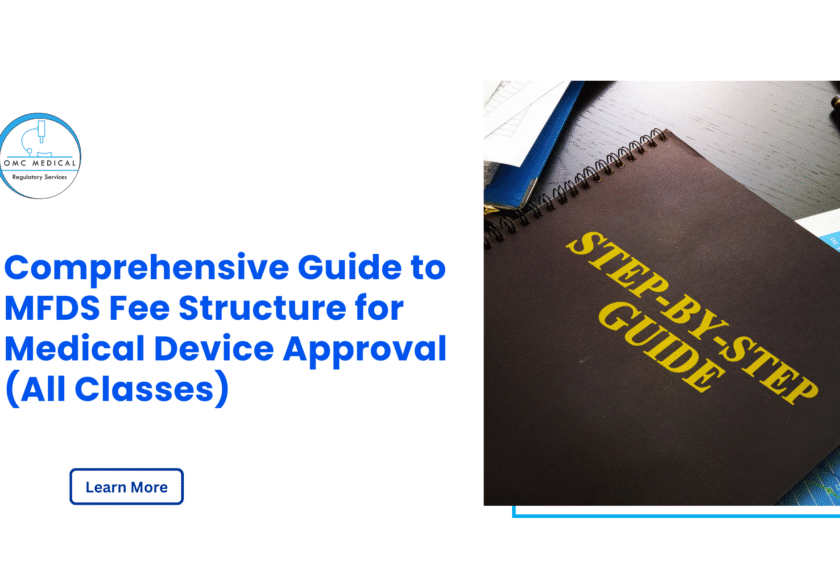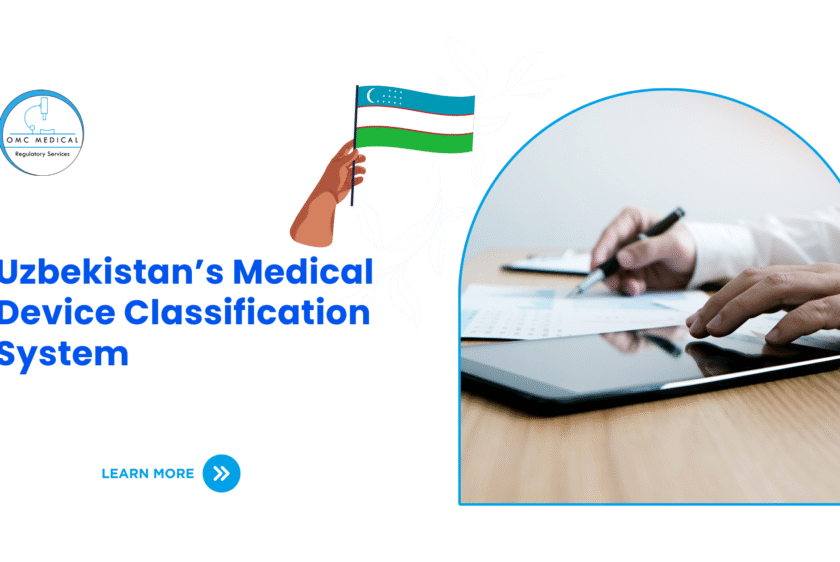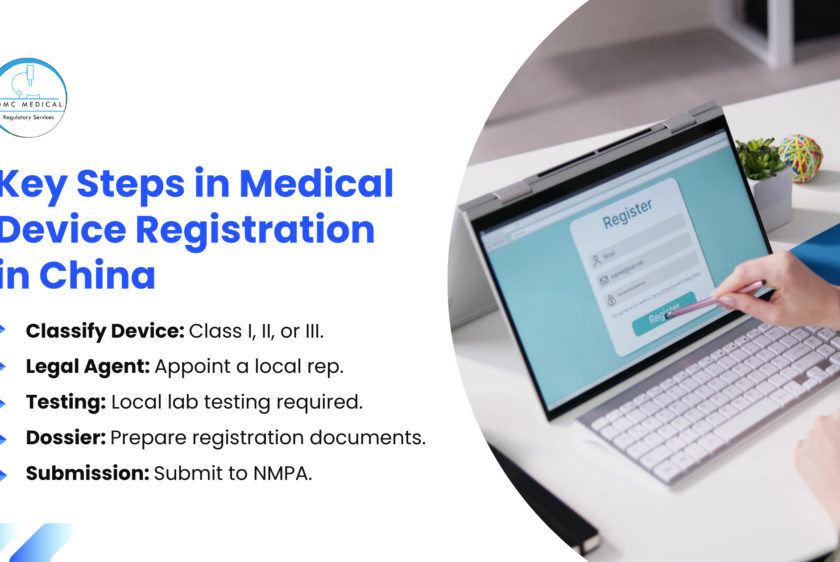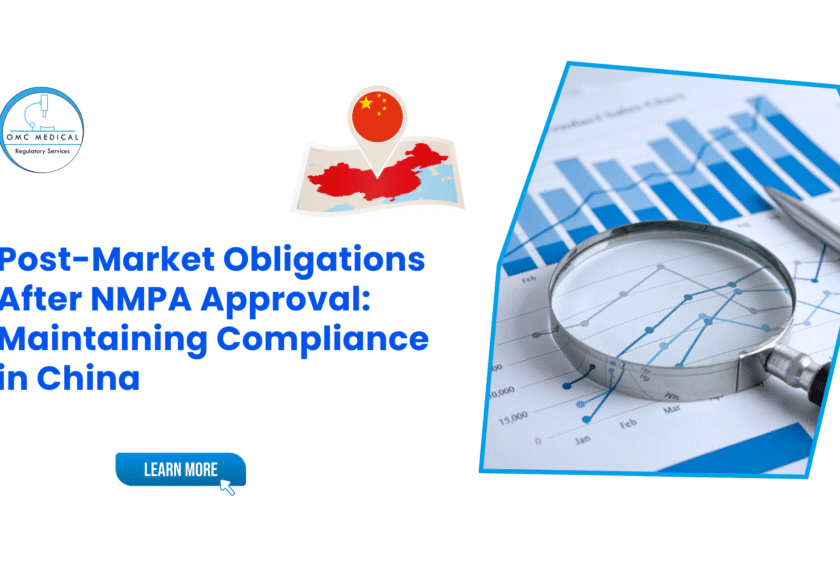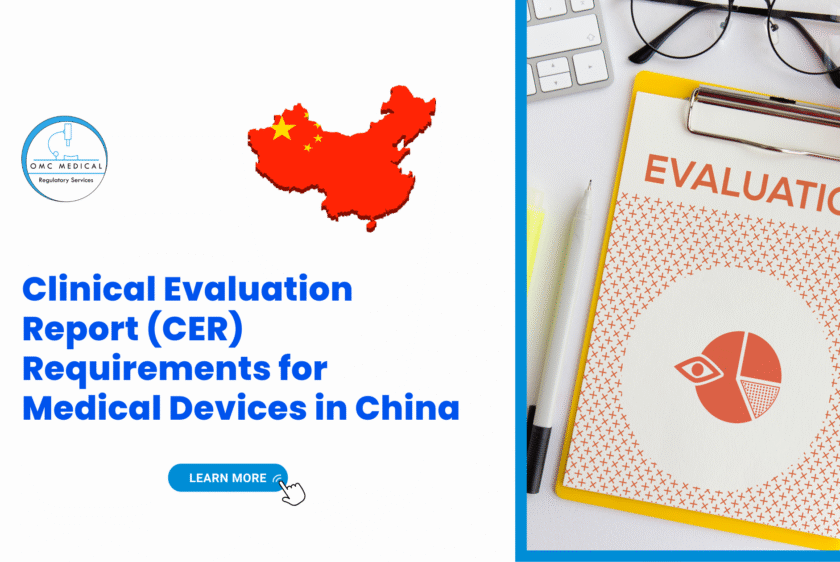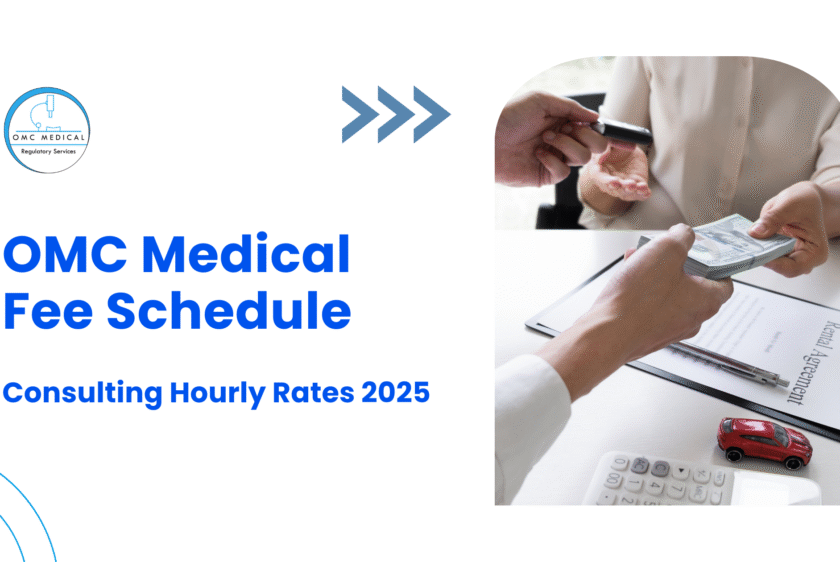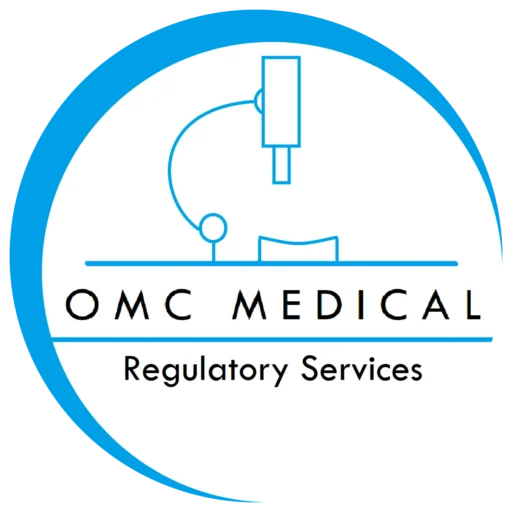Blogs
Securing market approval for your drug or medical device from China’s National Medical Products Administration (NMPA) is a detailed process where every step counts. One of the most critical, yet sometimes overlooked, stages is the payment of the official NMPA registration fee. A misstep here can halt your entire application, causing significant delays and financial loss. At Shanghai OMC Medical Technology, we ensure our clients navigate this phase seamlessly from our strategic base in Ch...
Registering Medical Devices in Angola: A Guide by OMC Medical
Angola’s growing healthcare sector presents a promising frontier for medical device manufacturers. However, market entry is strictly regulated by the National Institute for Health Regulation and Equipment (Instituto Nacional de Regulação e Equipamentos de Saúde – INABEC). Successfully navigating this process is key to unlocking this potential. At OMC Medical, we provide expert guidance to secure your Medical Device Registration Angola. This article breaks down the essential step...
Overview of the Medical Device Registration Process in Ghana
Expanding your medical device business into Ghana requires a clear understanding of the country’s regulatory framework governed by the Ghana Food and Drugs Authority (FDA). Navigating this process can be complex — from product classification to dossier preparation, inspections, and approvals. That’s where OMC Medical comes in. As a trusted global regulatory consultancy, OMC Medical supports manufacturers and importers in obtaining Medical Device Marketing Authorizations in Ghan...
Registering Medical Devices in Senegal: A Guide by OMC Medical
Navigating ANSSA: Your Roadmap to Senegal Medical Device Registration The Senegalese healthcare market is rapidly expanding, offering significant opportunities for manufacturers of medical devices. However, gaining market access requires strict adherence to the regulatory framework governed by the National Agency for Health Safety (Agence Nationale de la Sécurité Sanitaire – ANSSA). At OMC Medical, we specialize in guiding companies through the precise requirements for Medical Device Reg...
Comprehensive Guide to MFDS Fee Structure for Medical Device Approval (All Classes)
Publication Date: 12/09/2025 Department: Medical Device Safety Bureau, Ministry of Food and Drug Safety (MFDS) To ensure transparency and facilitate the medical device approval process, the Ministry of Food and Drug Safety (MFDS) provides this clear breakdown of all applicable fees for product licensing. Understanding the fee structure is essential for all manufacturers and Korean Marketing Authorization Holders (K-MAHs) planning to submit an application. This article outlines the...
Understanding Uzbekistan’s Medical Device Classification System
Uzbekistan’s healthcare market is growing, and so is the demand for safe, high-quality medical devices. But before your product can reach hospitals, clinics, or patients, it must be placed in the right regulatory class. This classification determines how your device will be reviewed, the documents required, and how long approval will take. If you’re a manufacturer or distributor looking to enter Uzbekistan, understanding the classification system is your first step toward compliance �...
Step by Step Process in Medical Device Registration China
Registering medical devices in China is a complex and highly regulated process governed by the National Medical Products Administration (NMPA). Manufacturers seeking market entry must comply with stringent regulatory requirements to ensure safety, efficacy, and compliance. The Centre for Medical Device Evaluation of NMPA (CMDE) shall be responsible for the application for clinical trials of medical devices requiring clinical trial approval, and the technical evaluation of the registr...
Post-Market Obligations After NMPA Approval: Maintaining Compliance in China
Securing NMPA approval for your medical device is a significant achievement, but it’s just the beginning. In China, compliance doesn’t end at approval. Once your product is on the market, you must actively monitor, report, and maintain quality to ensure ongoing safety and regulatory compliance. Failure to meet these post-market obligations can result in fines, product recalls, suspension of your license, or even permanent removal from the market. That’s why a clear understanding of China�...
Clinical Evaluation Report (CER) Requirements for Medical Devices in China
When registering a medical device in China, the Clinical Evaluation Report (CER) is one of the most important parts of your submission to the National Medical Products Administration (NMPA).It proves that your device is safe, effective, and performs as intended for its target patient population. If your CER is incomplete or non-compliant, it can lead to costly delays or outright rejection.In this guide, we’ll cover everything you need to know about CER requirements in China — and how OMC Med...
Global Regulatory Consulting Fee Schedule – Effective Q3 2025
Document Purpose: This Global Regulatory Consulting Fee Schedule provides the standardized hourly rates for OMC Medical’s regulatory affairs consulting services. Rates are categorized by consultant expertise and adjusted for market complexity, local economic conditions, and the requirements of specific national regulatory authorities. OMC Medical Regulatory Consulting Hourly Rates & Fee Schedule 2025 1. Rate Tiers & Consultant Classification OMC Medical classifies consultants into tier...
